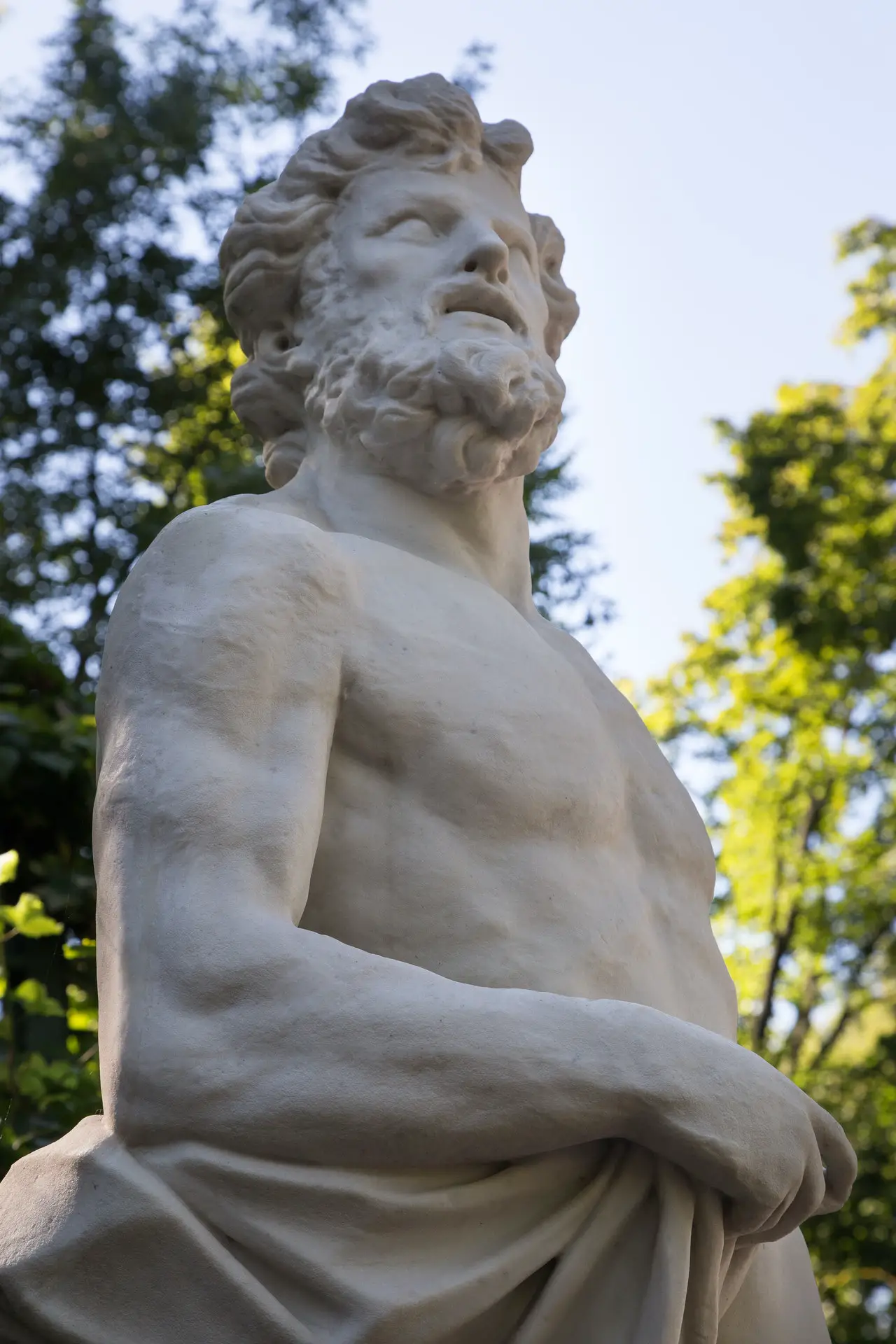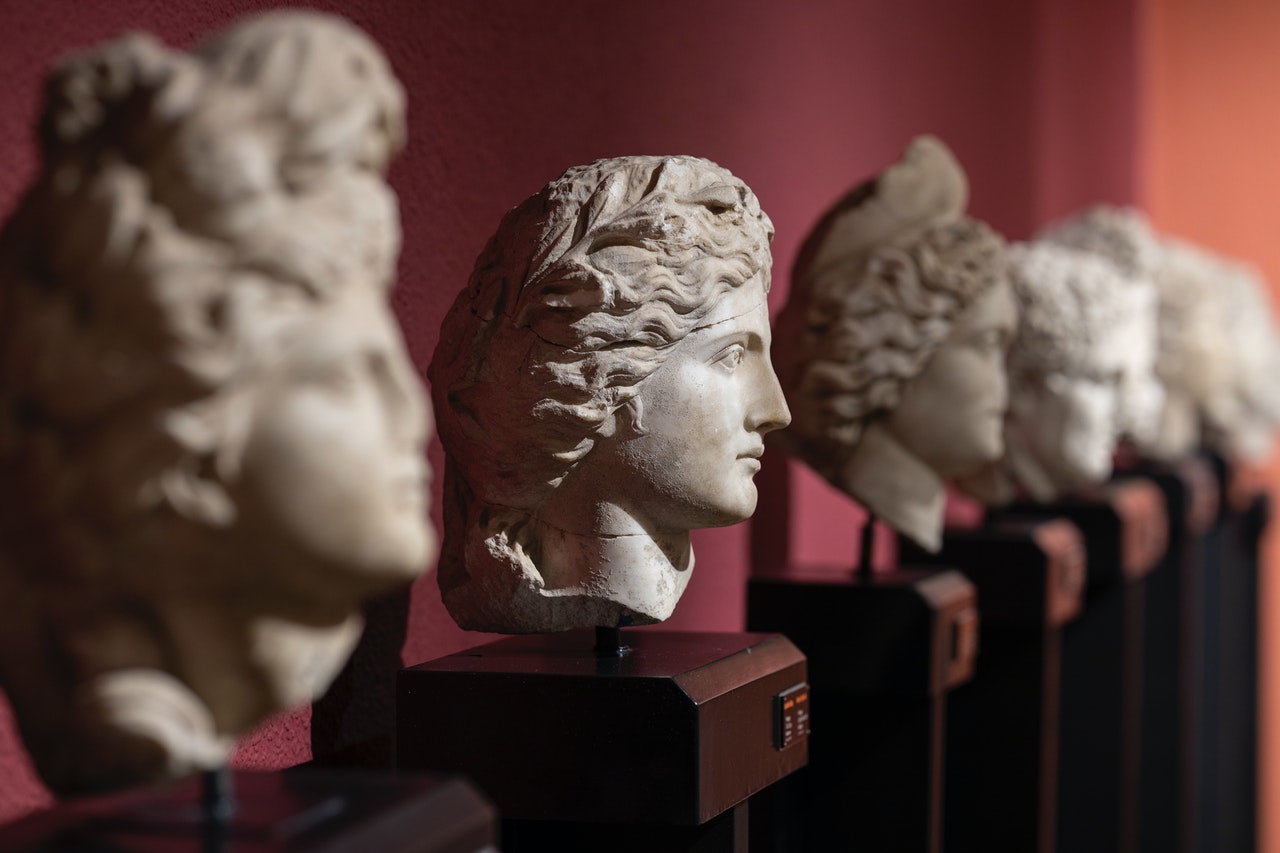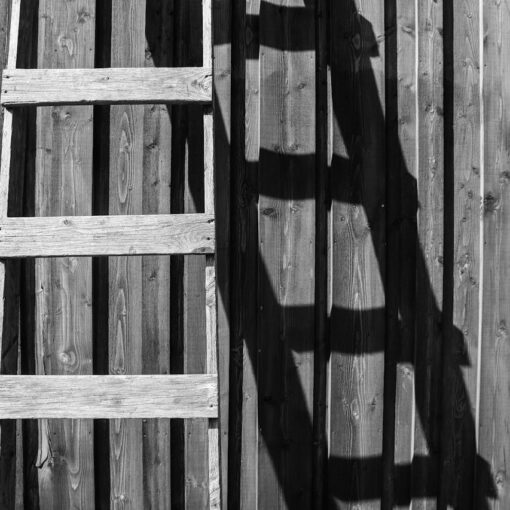To be Stoic.
We’ve all see it before, the calm, cool mind working at a level that no one else can even hope to understand. They stand there, silently, even while observing something that could break normal people. They are the rock that stands against the waves, never yielding, never breaking their stone-like exterior. This person is capable of taking in facts and information without letting the emotion impact their judgment.
What is Stoicism?
They are the stoic, and as you might imagine, practicers of stoicism can often be considered to be rocks or pillars to lean on, or are sometimes feared for their ability to just be unaffected by troublesome emotions.
The word, stoic, comes from Stoa Poikile, or painted porch, and was created by Zeno of Citium. they practiced self-control. Unlike other schools of philosophy, they also taught it from a public place, like the porch.
This means that any passerby could listen in on their lectures. The school of stoicism could be considered an offshoot from the school of Cynism, but no official connection has been found beyond common teachings.

The core tenets of Stoicism, as a philosophy, are as follows:
- Be Rational.
- Be Logical.
- Be Natural.
If you’ve ever seen Star Trek, then I just pretty much described the Vulkans. For those of you unaware, the Vulcans in Star Trek are very unemotional people that take pride in being extremely logical beings, and any who are overly emotional is shown to be society’s outcasts.
But, it should be stated that stoicism is about self-control, not the expunging of all emotions. It is completely possible to be stoic and still be emotional, it is just that your emotions shouldn’t affect your rational thinking.
Granted, some less emotional people have an easier time prescribing to the tenets of stoicism because they are not inhibited by emotions. That said, a person who greatly feels a lot can still be stoic when they want to be, so long as they have the self-discipline to do so.
Stoicism in the Modern World.
As said before, self-control is one of the core beliefs of stoicism, and for the most part, it is a trait that is well desired in military or government positions. After all, when you’re making decisions that put people’s lives and jobs on the line, it is important to remain calm and not let panic decide your actions.
Today, in most modern media, the stoic is a common character archetype. Think of the lone gunslinger, like the Man with No Name from Clint Eastwood’s The Good, The Bad, and The Ugly.
The guys who never talk much, but always seem two steps ahead of everyone else and don’t complain when things don’t go their way. As you might imagine, the stoic warrior is well regarded, since everyone wants to be able to withstand any storm as well as the people on the silver screen.
And that is why the practice of stoicism meshes well with Critical Thinking.
Critical Thinking is all about ignoring superfluous thoughts or distractions to get right to the heart of the matter. Like, why is a bee about sting you black and yellow?
Doesn’t matter, if it is attacking you, then it has to go. A critical thinker also tries to find the most important questions to ask about any situation and gather vital information. A skilled critical thinker won’t bother trying to around a problem when it’s important to understand the substance of an issue.
It is like trying to find a hole in an argument, you try to find what a person means, not what they say, and then exploiting any faults in that logic. This makes Critical Thinking and Stoicism a favored tool for many people in stressful environments.
Any faults in Critical Thinking and Stoicism?
Now, mesh Critical Thinking and Stoicism, a practice all about making sure your emotions are untainted by others, and that they don’t override your logical thought processes. It’s robotic, but it is still a valuable skill to have.
Take any chaotic situation, such as planning a party, organizing a meeting, or going through a hectic day, and you’ll find that being stoic and thinking critically about your situation will improve your chances of success, whatever they may be, greatly.
Of course, by doing this, you also run the risk of causing people to view you as robotic, or unapproachable. After all, if nothing affects you, then nothing affects you. If you don’t frown during bad times, are you going to smile in good times?
At times, people will view a stoic as indifferent to everything, and if you’re unemotional about your critical thinking, then that means you’ll only acknowledge the bad parts of a situation without mentioning the good parts.
Of course, both styles of thought are not about throwing your emotions away, rather, they are about seeking peace of mind to find the truth in any given situation.
That said, it is always possible to go too far into stoicism and become unemotional, or, should a person go through extreme grief, retreat further into logic as a form of coping.
So, a quick summary: be stoic and critical when a situation calls for it, but be sure to let yourself feel at times. Even the most devout followers of both schools of thought are still human, after all.
Critical Thinking and Stoicism are like two peas in the pod, for both good and ill.
Being stoic means being able to keep calm, even in the storm of life, and using Critical thinking is about trying to find the most important factors in any given environment, and gathering information so an idea can be devised without emotional hang-ups.
But keep in mind, there are times to be stoic and think critically, but not always. But, being stoic and critical are never bad traits to have in moderation, just as being overly emotional can sink some chances before they can even get off the ground.
So, yeah, that’s what it means for Critical Thinking and Stoicism to mesh.
References
https://www.criticalthinking.org/pages/defining-critical-thinking/766
https://www.britannica.com/topic/Stoicism





